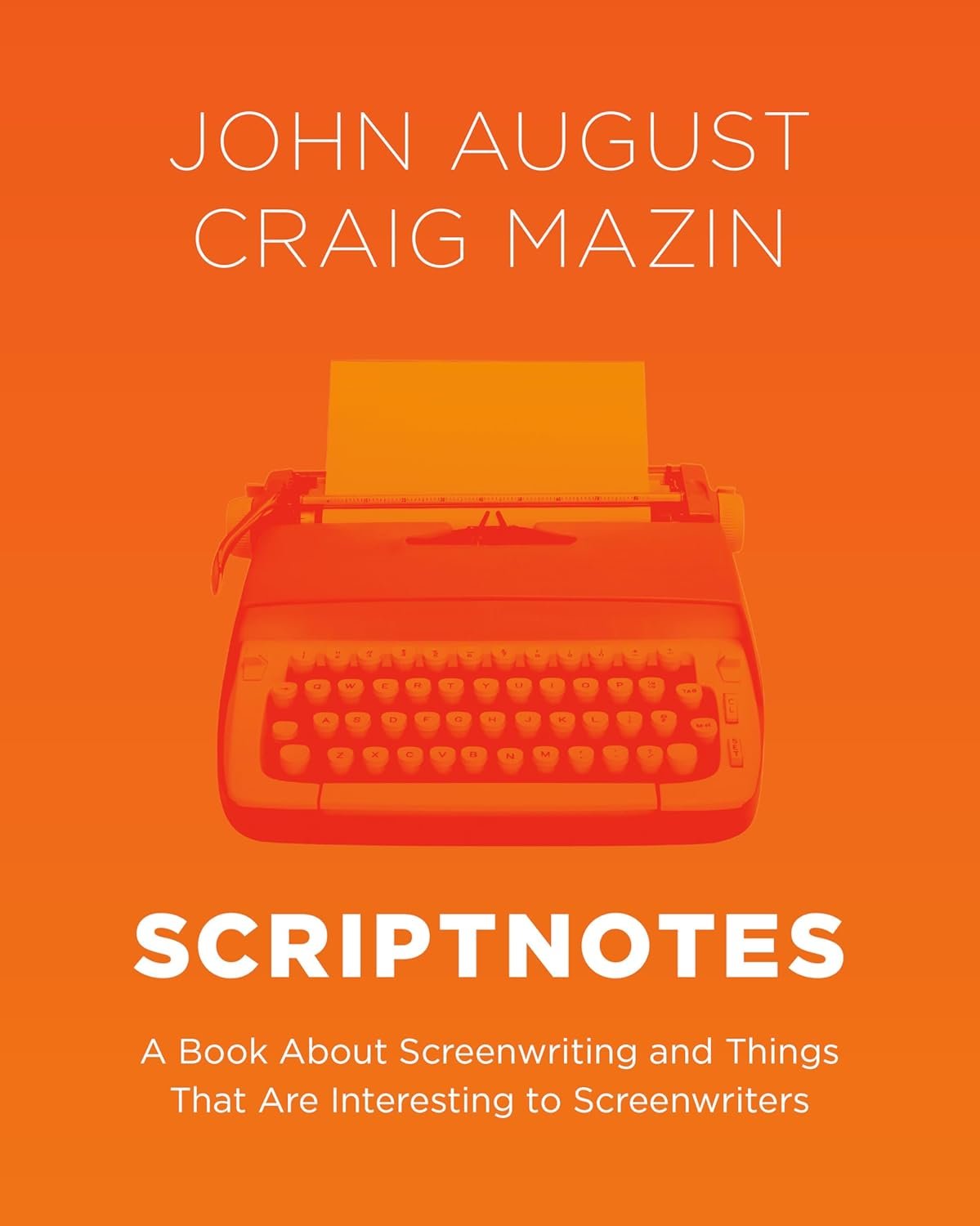
16 Sep Unlocking the Craft: A Deep Dive into Scriptnotes for Aspiring Screenwriters
Unlocking the Craft: A Journey Through ‘Scriptnotes’
As a perennial student of storytelling, I often find myself perusing the shelves for resources that can elevate my writing craft, especially in screenwriting. When I stumbled upon Scriptnotes: A Book About Screenwriting and Things That Are Interesting to Screenwriters by John August and Craig Mazin, I felt a spark of excitement. Having tuned into their acclaimed podcast for years, it was thrilling to see their insights and expertise distilled into book form. It’s like finding a well-stocked toolkit just when you need it the most.
From the very first pages, August and Mazin set the stage not just for learning but for diving deep into the heart of screenwriting. They draw from over a thousand hours of conversations they’ve had with some of Hollywood’s most accomplished creators, including the likes of Christopher Nolan and Greta Gerwig. Their voices echo throughout the narrative, offering wisdom on everything from structure to character development. The rich tapestry of insights makes the reading experience feel personal and, at times, like a masterclass in creativity.
One of the standout themes is the importance of breaking the ‘rules’ of screenwriting. August and Mazin don’t just regurgitate orthodox guidelines; they encourage writers to understand the rules so well that they can intentionally break them for effect. This liberating notion resonated with me, as it ignited the rebellious spirit in my own writing. There’s a memorable quote that sums it up perfectly: “Know the rules, and then do whatever you damn well please.”
The book is structured in a way that feels both comprehensive and digestible. Whether you’re a newbie struggling with blank pages or a seasoned writer looking to refine your voice, there’s something valuable in every chapter. The pacing is just right—each topic is explored thoroughly, punctuated with anecdotes that keep the reader engaged. I found myself pausing often, reflecting on how their thoughts could apply to my own projects.
A highlight for me was the section dedicated to the collaborative nature of filmmaking. Many writers shy away from collaboration due to fear of losing their ‘voice,’ but August and Mazin emphasize the beauty of teamwork. Their candid discussions about the do’s and don’ts of co-writing were both reassuring and enlightening, transforming my apprehension into excitement.
It’s safe to say, this book isn’t just for aspiring screenwriters; it’s also for film enthusiasts and anyone who revels in deconstructing cinematic art. It demystifies the screenwriting process while simultaneously inspiring readers to pen their own stories, making it a must-read for anyone who loves films as much as I do.
In the end, Scriptnotes left me feeling invigorated and motivated to tackle my screenplay with renewed passion. If you’re seeking guidance on your writing journey or simply want a deeper understanding of the craft, August and Mazin provide an invaluable resource that feels like a conversation with friends who just happen to be experts in the field. Do yourself a favor—grab a copy, and let the storytelling begin!









